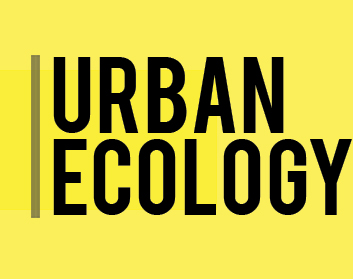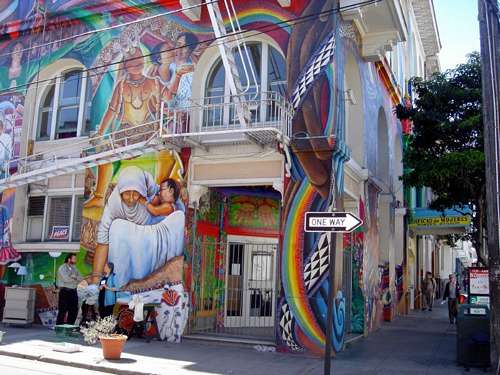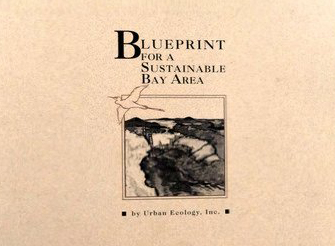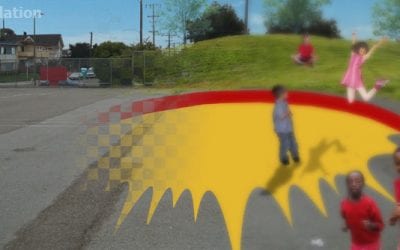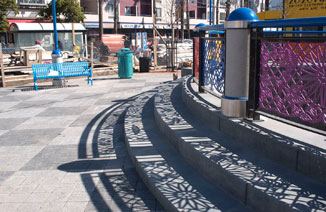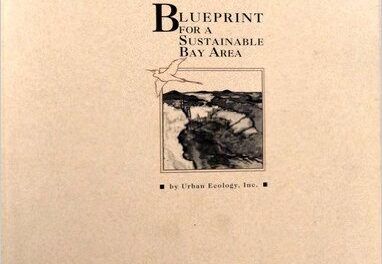The Schlage Lock factory site is located in the heart of San Francisco’s Visitacion Valley, next to the neighborhood’s commercial street and a proposed light rail depot. Home to succeeding waves of immigrants, San Francisco’s Mission District is today a vibrant working-class Latino neighborhood. The diversity of businesses along Mission Street testify to the areas rich history. The corridor was once a hub of restaurants, stores, professional services, and apartments and residential hotels, with a busy night scene revolving around the Art Deco movie palaces that gave the skyline its distinctive character. Now most of the theaters are empty, the sidewalks and storefronts need repair, and crime and litter affect the areas image.
The Mission is a predominantly low-income area, where 1 in 5 residents live below the poverty line. However, the district’s assets — its central location, sunny weather, excellent transit, and relative affordability — now make it appealing to affluent urban dwellers and upscale stores. The fast pace of economic growth, the regional housing shortage, and a pattern of absentee ownership and speculation drive escalating real estate values. Long-time residents, merchants and blue-collar employers have little protection against displacement.
Witnessing the impacts of rapid gentrification, the Mission Economic Development Association and Urban Ecology identified community goals that protect the local-serving economy, preserve local ownership and affordable housing, encourage development without displacement, and maintain the Mission’s unique identity. The Mission Corridor Plan addresses streetscape design, façade improvements, sites for developing neighborhood-serving retail and affordable housing, and outlines a commercial building ownership program. The plan was completed in 2000, and MEDA is currently implementing its elements.
